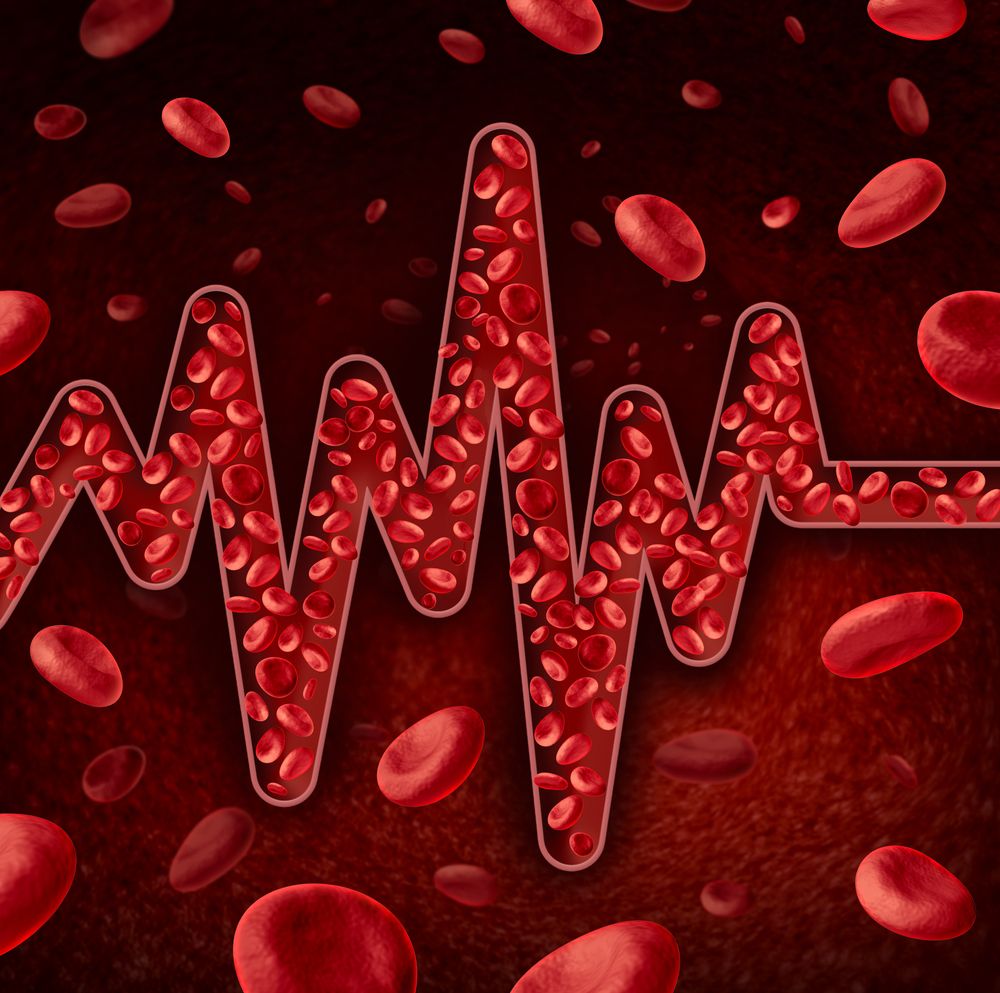Circulatory Disorders Are Primary Care Lifeblood
Hypertension, the “silent killer,” is the leading diagnosis in primary care, and several other circulatory disorders are bringing patients to your practice. Here are the particulars.
©Lightspring/Shutterstock.com

All About Circulatory Disease and Hypertension
In the first article in this series, “Top 10 Reasons Why Patients Come to Primary Care,” we analyzed the leading diagnostic categories in primary care and how they may affect your practice.
In the second article, we highlighted the number 1 diagnostic category in primary care: respiratory disorders.
This installment features the number 2 diagnostic category-circulatory disorders-which includes the most common diagnosis in primary care-hypertension.
Of more than 1.25 billion ambulatory care visits to physician offices and hospital outpatient and emergency departments in the United States in 2009-2010, close to 97 million visits were for diseases of the circulatory system.
The circulatory disorders include cardiac dysrhythmias, coronary atherosclerosis, congestive heart failure, cerebrovascular disease, “other heart disease,” “other diseases of the circulatory system”-and, most notably, hypertension.
Find the latest information about circulatory disease, a vital diagnostic category, in the pages that follow.
Circulatory Ranks #2 in Primary Care Diagnostic Categories
1. Respiratory
2. Circulatory
3. Endocrine
4. Musculoskeletal
5. Nervous system and sense organs
6. Genitourinary
7. Mental disorders
8. Injury/poison
9. Skin and subcutaneous tissue
10. Infections and parasitic diseases
Hypertension Tops Primary Care Diagnoses
Among the top 20 most common diagnoses made by primary care and specialist physicians in 2010, hypertension was number 1:
- Hypertension
- Hyperlipidemia
- Diabetes
- Back pain
- Anxiety
- Obesity
- Allergic rhinitis
- Reflux esophagitis
- Respiratory problems
- Hypothyroidism
- Visual refractive errors
- Osteoarthritis
- Fibromyalgia/myositis, neuritis
- Malaise and fatigue
- Pain in joint
- Acute laryngopharyngitis
- Acute maxillary sinusitis
- Major depressive disorder
- Acute bronchitis
- Asthma
Circulatory Visits to Primary Care: A Slight Majority
• In 2009-2010, just more than half of ambulatory care visits for circulatory diseases (49 million) were to primary care offices, compared with just under one-third (30 million visits) to medical specialty offices.
• Essential hypertension, the leading circulatory diagnosis, accounted for 36 million visits to primary care offices (close to three-fourths of visits for hypertension).
• For coronary atherosclerosis, patients made 9.9 million total visits-2.17 million visits to primary care offices vs 6.93 million visits to medical specialty offices.
• Cardiac dysrhythmias involved 8.5 million ambulatory care visits to combined settings-close to 2.4 million visits to primary care offices vs 4.4 million visits to medical specialty offices.
Cerebrovascular Disease and Other Circulatory Visits
• Cerebrovascular disease accounted for 3.68 million total visits in 2009-2010, with 1.17 million visits to primary care offices (32%).
• Congestive heart failure: 3.1 million total ambulatory care visits, with 1.46 million visits to primary care (43% of visits).
• Other heart disease: 1.22 million visits to primary care (23% of 5.35 million total visits).
• Other diseases of the circulatory system: 7.99 million total visits; 2.65 million visits to primary care (33% of total vs 31% to medical specialty offices).
Hypertension Ranks High On the Charts
• Close to one-third of American adults (about 70 million) have high blood pressure. Just about another third have prehypertension.
• Just more than half of persons with high blood pressure have their condition under control. About one-fifth do not know they have it.
• High blood pressure affects men and women in roughly equal numbers-more men than women younger than 45 years, more women than men 65 years and older.
• High blood pressure increases the risk of first heart attack, first stroke, chronic heart failure, and kidney disease. In 2013, high blood pressure was a primary or contributing cause in more than 360,000 American deaths.
• About 7 of 10 US adults with high blood pressure use medications to treat it.
More to Come
• In the weeks that follow, we will present more specifics on each of the diagnosis groups that account for the majority of primary care patient visits.
• Next up: Endocrine Diseases